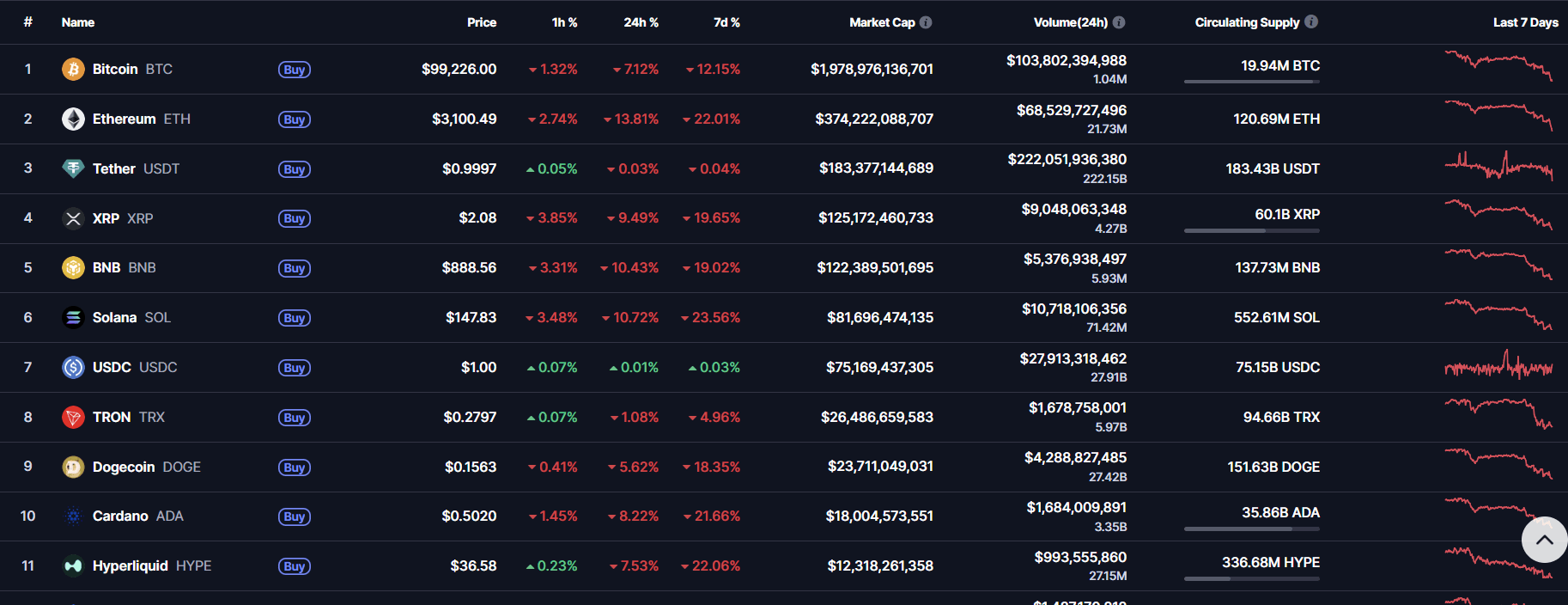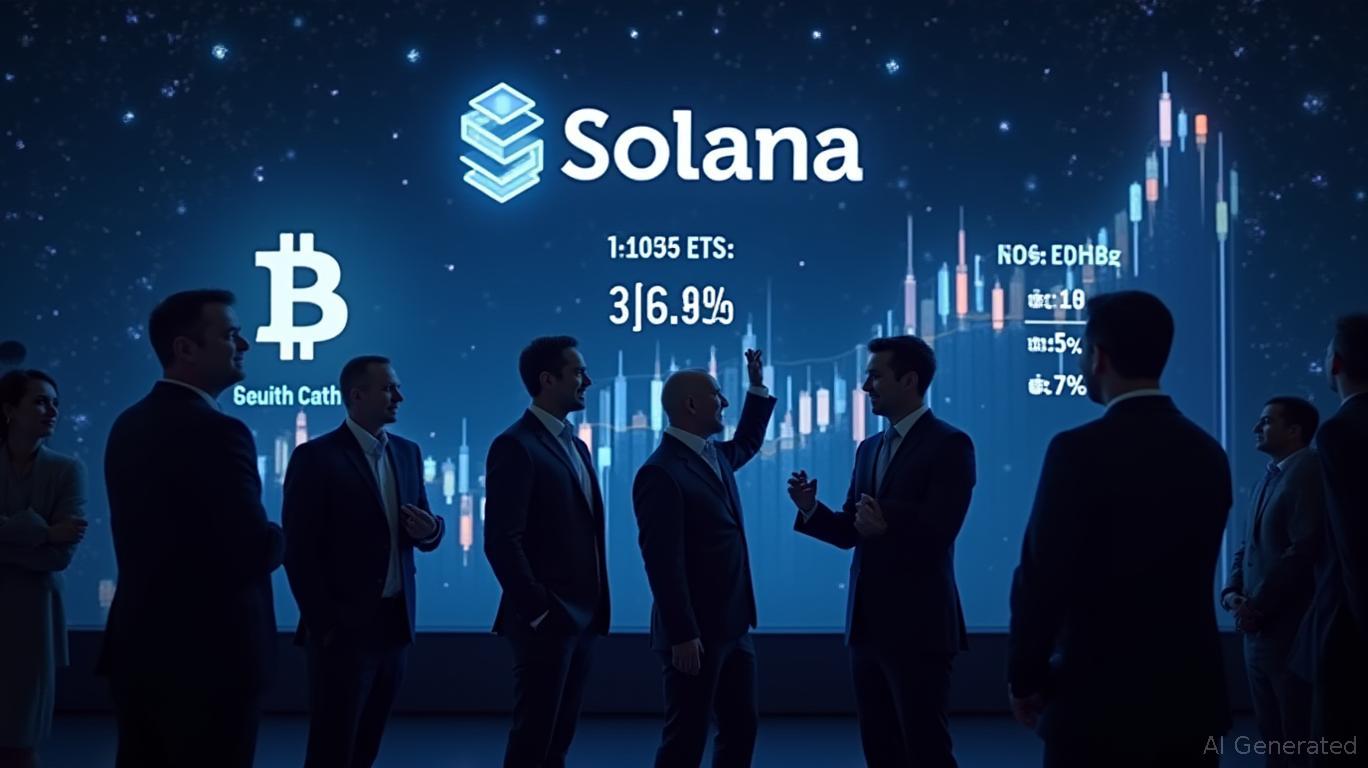China’s digital yuan framework aims to challenge the US dollar’s supremacy in international trade transactions
- PBOC unveils 2025 RMB internationalization plan, prioritizing digital yuan cross-border payments and multilateral blockchain bridges with global central banks. - New Beijing International Operations Center pairs with domestic center to build cross-border infrastructure, enhance digital yuan adoption in trade and emerging markets. - Strategy targets U.S. dollar dominance in stablecoins by promoting yuan-backed tokens, aiming to reduce reliance on Western financial systems through blockchain-driven settlem
The People's Bank of China (PBOC) has introduced a comprehensive plan to speed up the global adoption of the renminbi (RMB), with a strong focus on building a digital RMB system for international payments and working closely with other central banks worldwide. In its latest

An essential part of this blueprint is the creation of a digital RMB cross-border payment platform, with ongoing research and pilot initiatives aimed at integrating the digital yuan into global commerce. The report pointed out that the multilateral platform, which brings together the PBOC and four other monetary authorities, marks a significant milestone in encouraging wider use of the digital yuan. By improving regulatory standards and operational processes, the PBOC aims to make the RMB a practical choice for international settlements, especially in trade between Asian countries and developing economies.
To further these objectives, the Bank of China has made a significant organizational move by establishing the
This strategy is in line with broader efforts to boost the yuan’s global standing, including partnerships with the Hong Kong Monetary Authority (HKMA) on yuan-based stablecoins and cross-border digital currency platforms. The HKMA is also moving forward with its own e-HKD initiative, targeting institutional cross-border payments, which could further connect the digital yuan to regional financial systems. Analysts believe that this two-pronged approach will help the PBOC systematically tackle issues in international payments, such as exchange rate fluctuations and settlement lags, while retaining oversight of domestic monetary policy.
The report also highlights China’s goal to compete with the U.S. dollar’s dominance in the stablecoin arena. According to JPMorgan, stablecoins could drive $1.4 trillion in demand for U.S. dollars by 2027; in response, the PBOC’s efforts to promote yuan-backed digital tokens aim to capture a portion of this expanding market. By encouraging the use of digital yuan in trade finance and institutional transactions, China seeks to decrease its reliance on Western financial infrastructure and strengthen the RMB’s influence in global trade.
Industry experts observe that the PBOC’s approach signals a wider shift in global politics and economics. The launch of the International Operations Center, along with the multilateral digital currency platform, demonstrates a coordinated push to elevate the RMB’s status in the world economy after the pandemic. Nonetheless, obstacles persist, such as regulatory challenges abroad and the necessity to build international confidence in China’s digital currency systems.
As the PBOC advances its initiatives, its achievements will depend on balancing technological innovation with regulatory standards and forging strong partnerships with key trading nations. The publication of this report coincides with a global movement among central banks to explore digital currencies as a way to upgrade payment systems, with China’s digital yuan project standing out as a leading example of how emerging markets can use technology to transform international finance.
---
Disclaimer: The content of this article solely reflects the author's opinion and does not represent the platform in any capacity. This article is not intended to serve as a reference for making investment decisions.
You may also like
Ethereum Crash Deepens: Can the $3K Line Hold or Will It Break Next?

Bitcoin Updates: Swiss Crypto Lending Offers 14% Returns Alongside Bank-Backed Insurance
- Swiss crypto lender Fulcrum offers 14% APR on stablecoins with Lloyd's insurance and FINMA regulation. - Platform uses 50% LTV over-collateralization and institutional-grade security to mitigate market risks. - Targets inflation-hedging investors by bridging traditional finance gaps with insured crypto yields. - Competes with alternatives like Bitget's zero-interest loans but emphasizes regulatory compliance and capital preservation.

Bitcoin News Update: Analyst Highlights How MSTR's Convertible Bonds Prevent Forced Bitcoin Sales
- MSTR's convertible debt structure allows debt repayment via cash, stock, or both, avoiding Bitcoin sales during market downturns. - The company raised €350M through a 10% dividend-bearing euro-denominated preferred stock offering to fund Bitcoin purchases. - Q3 results showed $3.9B operating income from Bitcoin gains, driving a 7.6% stock surge to $273.68 post-earnings. - Risks persist if Bitcoin fails to rally in 2028, potentially forcing partial liquidation amid $1.01B 2027 debt obligations. - MSTR hol

Solana News Today: Solana ETFs Surpass Bitcoin as Staking Returns Attract Institutional Investments
- U.S. spot Solana ETFs (BSOL/GSOL) attracted $199M in 4 days, outperforming Bitcoin/Ethereum ETF outflows. - 7% staking yields drive institutional inflows as investors rotate capital from major crypto assets. - Despite ETF success, SOL price fell below key support levels, raising concerns about $120 price floor. - Strategic staking and treasury purchases boosted Solana's institutional appeal, with $397M in staked assets. - Market remains cautious as ETF competition intensifies, with Bitwise's BSOL outpaci
